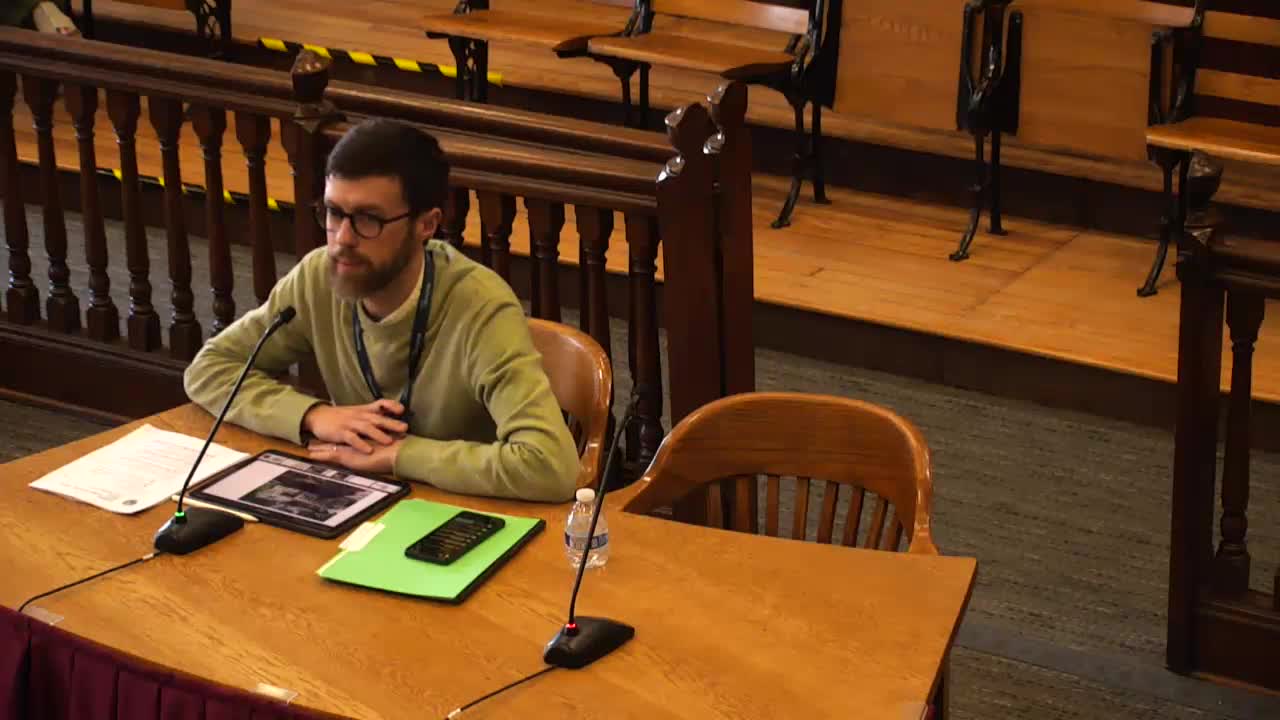Winchester Board tables decision on aluminum siding replacement at historic property
April 17, 2025 | Winchester City, Frederick County, Virginia
Thanks to Scribe from Workplace AI , all articles about Virginia are free for you to enjoy throughout 2025!

This article was created by AI using a video recording of the meeting. It summarizes the key points discussed, but for full details and context, please refer to the video of the full meeting. Link to Full Meeting
The home in question, built around 1930, has been clad in aluminum siding since at least 1979. Board members expressed concerns about the material's aesthetic and historical integrity, noting that aluminum siding was often installed over existing wood without proper removal. This practice, while common in the 1970s and 80s, raises questions about the original materials hidden beneath the surface.
One board member recounted a previous case where aluminum siding was removed to reveal well-preserved wood underneath, prompting a recommendation for the current applicant to investigate what lies beneath their aluminum facade. “It’s essential to know what’s under there,” they emphasized, highlighting the potential for uncovering original architectural features that could enhance the home’s historical value.
The discussion also touched on the possibility of replacing the aluminum with Hardie board, a fiber-cement siding. While some members acknowledged Hardie board as a better alternative to vinyl or aluminum, concerns were raised about its appearance and installation. “Hardie should not be in any historic zone,” one member cautioned, citing issues with its finish and the way it mimics wood. The board debated whether to maintain the current look with corner straps or to revert to more traditional outside corner boards, emphasizing the importance of preserving the home’s historical character.
As the meeting progressed, the board decided to table the discussion, allowing the applicant time to gather more information about the existing siding and to consider the implications of their choices. The decision reflects a broader commitment to preserving Winchester’s architectural heritage, ensuring that any changes made to historic homes respect their original designs.
The board's deliberations serve as a reminder of the delicate balance between modernization and preservation in historic districts. As Winchester continues to evolve, the decisions made in meetings like this one will shape the city’s architectural landscape for generations to come.
Converted from Winchester - Board of Architectural Review - 4:00 PM - Apr 17 2025 - Apr 17, 2025 meeting on April 17, 2025
Link to Full Meeting
Comments
View full meeting
This article is based on a recent meeting—watch the full video and explore the complete transcript for deeper insights into the discussion.
View full meeting
